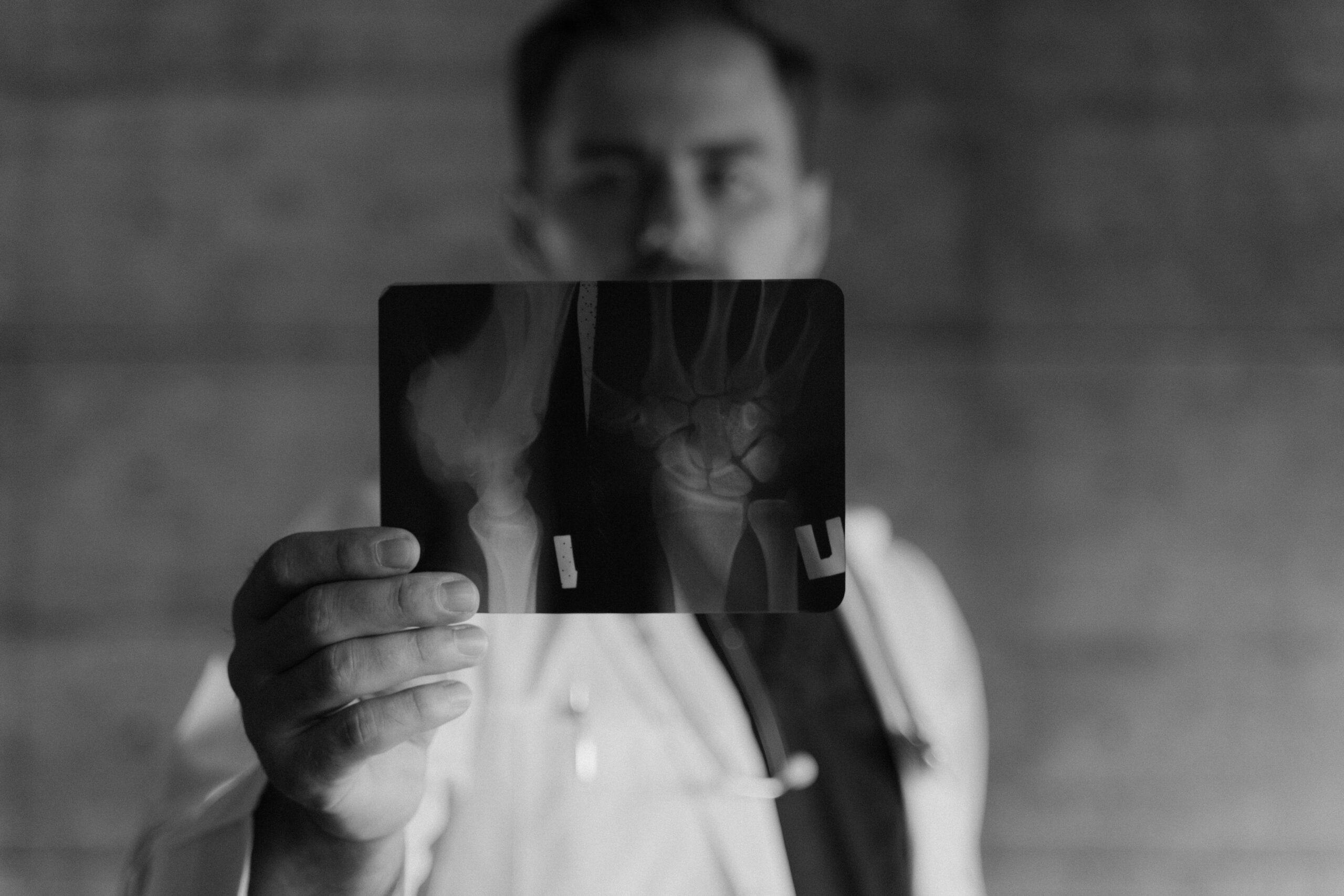Orthopedic Surgery CPT Codes All You Need to Know
Orthopedic CPT Codes: Essential Insights for Healthcare Providers
Orthopedic CPT codes are pivotal tools in medical billing, specifically designed to streamline the process of reporting healthcare services provided by orthopedic surgeons. These codes, part of the Current Procedural Terminology (CPT) system developed by the American Medical Association (AMA), serve as standardized identifiers for medical procedures and services.
For orthopedic surgeons, understanding these codes is indispensable as they ensure accurate documentation and billing for procedures ranging from joint replacements to complex fracture repairs. Mastery of CPT codes not only facilitates effective communication between healthcare providers and insurance companies but also plays a crucial role in reimbursement processes, ensuring that healthcare practices receive appropriate compensation for the services rendered.
This knowledge not only enhances administrative efficiency but also supports optimal patient care by ensuring that medical billing aligns with the care provided.
Essential CPT Codes for Orthopedic Medical Billing
In orthopedic medical billing, mastering essential CPT codes is crucial for accurate documentation and reimbursement. Here’s a breakdown of key CPT code categories that orthopedic surgeons should be familiar with:
Evaluation and Management (E/M): These codes (99201-99499) encompass the evaluation, diagnosis, and management of patients, reflecting the complexity and time involved in patient care.
Anesthesia: Codes (00100-01999 and 99100-99140) cover anesthesia services provided during orthopedic procedures, including pre-operative assessment, administration of anesthesia, and post-operative monitoring.
Surgical Procedures: Spanning from simple repairs to complex joint replacements, codes in this range (10021-69990) detail the wide array of surgical interventions performed by orthopedic surgeons.
Radiology: Essential for diagnosing and monitoring orthopedic conditions, radiology codes (7010-79999) include X-rays, MRIs, and CT scans, which are crucial for treatment planning and assessing surgical outcomes.
Pathology and Laboratory: Codes (80047-89398) pertain to laboratory tests and pathology services, aiding in diagnosing orthopedic conditions through analysis of tissue samples.
Medicine: Encompassing services like injections, medication administration, and wound care, codes in this category (90281-99299 and 995001-99607) cover various medical interventions necessary in orthopedic practice.
Understanding and correctly applying these CPT codes ensures thorough documentation of orthopedic procedures and services, facilitating accurate billing and reimbursement while supporting comprehensive patient care.
What are Global Periods in Orthopedic Billing?
Global periods in orthopedic billing refer to predefined periods during which all services related to a surgical procedure, from pre-operative care to post-operative follow-up, are considered part of the original service and not separately billable. These periods streamline billing by encompassing routine post-operative care into the surgical package, reducing administrative complexity.
For example, major orthopedic surgeries often have a global period of 90 days, which includes a 1-day pre-operative period for necessary evaluations. During this time, all follow-up visits, related diagnostic tests, and complications management are included in the initial reimbursement.
In contrast, minor procedures may have shorter global periods or none at all, depending on the complexity and standard practice guidelines. Understanding global periods is crucial for orthopedic surgeons and billing teams to ensure compliance with billing regulations and accurate reimbursement for provided services.
CPT Codes for Orthopedic Surgery
Orthopedic surgery encompasses a wide range of procedures tailored to treat conditions affecting the upper limbs, spine, and hands. Understanding the most common orthopedic CPT codes is essential for accurate billing and documentation. Here’s a breakdown of key categories and specific codes within orthopedic surgery:
The Upper Limb:
- Shoulder Surgery (23000-23929): Includes procedures like rotator cuff repairs (e.g., 23410), arthroscopic shoulder surgery (e.g., 23420), and shoulder joint replacements (e.g., 23472).
- Humerus and Elbow Surgery (23930-24999): Covers procedures such as humerus fracture repairs (e.g., 24516), elbow ligament reconstructions (e.g., 24341), and tendon repairs (e.g., 24345).
- Forearm and Wrist Surgery (25000-25999): Encompasses surgeries like carpal tunnel release (e.g., 25110), forearm fracture fixation (e.g., 25605), and wrist arthroscopies (e.g., 25607).
- Hand and Finger Surgery (26010-26989): Includes procedures such as trigger finger release (e.g., 26055), finger tendon repairs (e.g., 26418), and hand fracture fixations (e.g., 26608).
The Spine:
- Spinal Surgery (Vertebral Column) (22010-22899): Involves procedures like spinal fusions (e.g., 22612), disc replacements (e.g., 22851), and decompression surgeries (e.g., 22328).
Hand Surgery:
- Repair of Nail Bed (11760)
- Carpectomy, all bones of proximal row (25215)
- Neuroplasty and transposition; median nerve at carpal tunnel (64721)
Bundling and its Impact:
Understanding bundling is crucial in orthopedic billing. Certain services, like arthroscopic procedures (e.g., 29850), are bundled with specific surgical interventions (e.g., 29870 for meniscectomy). This ensures comprehensive reimbursement for integrated services without double billing.
Mastering these orthopedic CPT codes empowers healthcare providers to accurately document procedures and ensure fair reimbursement, ultimately supporting optimal patient care and administrative efficiency.
Comprehensive Updates and Clarifications in Orthopedic Billing for 2024
The CPT coding system governing orthopedic procedures has been updated to incorporate new codes and revisions aimed at reflecting advancements in treatment methodologies and enhancing clarity in reporting guidelines. Here’s a detailed overview of the key changes for 2024:
New Vertebral Body Tethering (VBT) Codes:
Category I Codes:
22836: These codes cover anterior thoracic vertebral body tethering, including thoracoscopy, for up to 7 vertebral segments.
22837: Addresses anterior thoracic vertebral body tethering with thoracoscopy for 8 or more vertebral segments.
22838: Includes revision, replacement, or removal of thoracic vertebral body tethering with thoracoscopy.
These additions cater to the increasing use of VBT in treating adolescent idiopathic scoliosis, offering specific billing options for varying segment counts and revisions.
Category III Code:
0790T: Designed for procedures involving revision, replacement, or removal of thoracolumbar or lumbar vertebral body tethering, including thoracoscopy.
This new Category III code complements Category I codes by addressing procedures in the thoracolumbar or lumbar spine.
Revised Codes for Bunion Correction:
Updates clarify reporting guidelines for procedures related to bunion correction (hallux valgus), emphasizing that specific codes inherently include bunion removal.
28292: Specifies correction of hallux valgus with bunionectomy and sesamoidectomy, as applicable.
These revisions highlight that procedures involving hallux valgus inherently involve the removal of the bunion.
Clarification for First Tarsometatarsal Joint Fusion:
Parenthetical notes clarify the appropriate use of codes 28740 and 28297, specifying that code 28740 is intended for first tarsometatarsal joint fusions without concurrent bunion removal for hallux valgus correction.
Introduction of New Category III Code for Percutaneous Injection:
0814T: Introduces a new code for percutaneous injection of calcium-based biodegradable osteoconductive material into the proximal femur, including imaging guidance, unilateral.
This code addresses procedures aimed at treating conditions such as osteoporosis through the injection of bone-forming material.
These updates ensure that orthopedic practitioners can accurately document and bill for innovative procedures while adhering to current coding standards. They promote efficiency in healthcare delivery and facilitate proper reimbursement processes, ultimately enhancing patient care management in orthopedic practices.
When to Use Orthopedic Billing Modifiers?
Orthopedic billing modifiers are essential tools in medical coding that provide additional information about procedures and services rendered, ensuring accurate claims submission and reimbursement processing.
These two-character codes, governed by both the AMA (Level 1) and CMS (Level 2), modify CPT codes to specify circumstances such as bilateral procedures (-50), multi-step processes (-51), or separate procedural services (-59). Correct usage of modifiers is crucial for avoiding penalties like inquiries, fines, or claim cancellations due to misuse.
They help in accurately documenting complex scenarios, such as staged procedures (-58) or repeated services (-76, -77), ensuring that healthcare providers are reimbursed appropriately for the care provided.
Modifier | Method | ASC/PC Unit |
-50 | Bilateral procedure | Equally both sides |
-51 | Multiple procedures | (P) |
-52 | Reduced services | — |
-58 | Staged or related procedure | Equally both sides |
-59 | Distinct procedural service | Equally both sides |
-73 | Discontinued procedure prior to anesthesia | (A) |
-74 | Discontinued procedure after anesthesia started | (A) |
-76 | Repeat the procedure by the same physician | Equally both sides |
-77 | Repeat the procedure by another physician | Equally both sides |
-78 | Return to OR for related procedure postoperatively | Equally both sides |
-79 | Unrelated procedure or service during postop | Equally both sides |
LT & RT | Left side and right side | Equally both sides |
-TC | Technical component | Equally both sides |
How to Use Orthopedic CPT Codes Effectively
Effectively using orthopedic CPT codes is crucial for accurate billing and reimbursement in healthcare practices. Here’s a guide to optimizing their use:
Understand Procedure Specificity: Familiarize yourself with the specific CPT codes that correspond to each orthopedic procedure, ensuring accurate documentation of services provided.
Use Appropriate Modifiers: Apply modifiers when necessary to indicate special circumstances such as bilateral procedures (-50), multiple procedures (-51), or distinct procedural services (-59), enhancing billing accuracy.
Document Medical Necessity: Ensure that each CPT code accurately reflects the medical necessity of the procedure performed, supporting claims for reimbursement.
Stay Updated with Coding Changes: Regularly review updates to CPT codes and guidelines to incorporate new codes or revisions, maintaining compliance with current billing practices.
Review and Verify Codes: Double-check codes for accuracy before submission to prevent errors that could delay reimbursement or trigger audits.
Closing Note
Orthopedic surgery CPT codes are indispensable for healthcare providers aiming to streamline billing processes, ensure accurate documentation, and optimize reimbursement. By understanding and effectively applying these codes, orthopedic practices can enhance efficiency in patient care management and financial operations, ultimately supporting superior healthcare delivery.
Staying updated with coding guidelines and using appropriate modifiers are essential practices that contribute to successful billing outcomes in orthopedic surgery.





